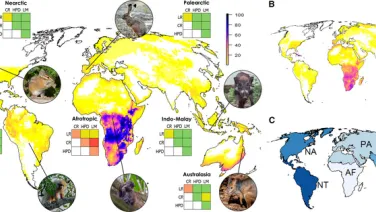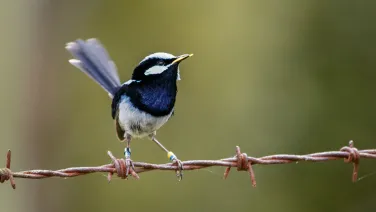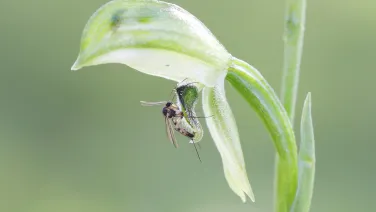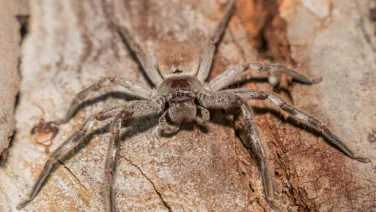News & events
News & events
Find out about our latest news and events.

Until recently we had very little idea when butterflies evolved, and hypotheses concerning their place of origin were largely educated guesses.

A new study shows that we can use existing conservation data to predict which currently unthreatened species could become threatened and take proactive action to prevent their decline before it is too late.

Superb fairy-wrens are more likely to take risks to help members of their close social circle, according to a new study.

Dr Tobias Hayashi studied a delicate little native orchid with a cool and clever adaptation to attract pollinators.

While most spiders are creatures of solitude, a study involving researchers from ANU has found some species have become more gregarious.
The Cotton Bollworm, Helicoverpa armigera, is a globally distributed polyphagous pest with a profound economic and environmental impact.

Common wall lizards are one of the most widespread and frequently encountered reptiles in Europe. They span the entire continent from Spain through to Turkey and have even managed to find themselves introduced into areas outside their native range (e.g., the UK).
The extraordinary diversity of life has evolved alongside major changes in Earth’s climate and geography and understanding this link is one of the key goals of evolutionary biology.
Human-crocodile conflict is becoming a conservation challenge worldwide. The saltwater crocodile (Crocodylus porosus) is the largest (>6 m total length, >1000kg) and most aggressive living crocodilian species being responsible for increasing attacks on people and domestic animals in many countries.
Toxins are thought as villains as they cause death and debilitation. In reality, they have contributed more to improving our lives than cause death.

Biodiversity rests on a foundation of adaptive and neutral variation within populations and species, that interact in communities or coexist in assemblages, to define ecosystems that provide habitat and life support services including a stable climate. New technologies span this biodiversity pyramid and allow rapid and